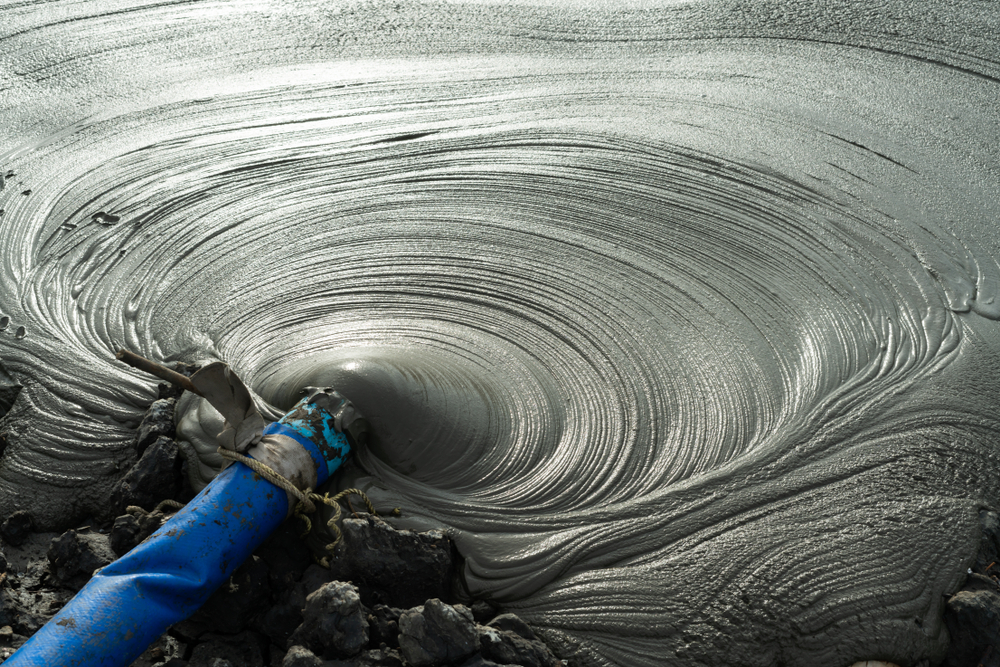Mud Settling Rate Testing
Mud settling rate testing is a critical aspect of drilling fluids (mud) management in the oil and gas industry. This test evaluates how quickly suspended solids settle out of a mud sample, which directly influences the efficiency and effectiveness of drilling operations. The primary goal of this test is to ensure that the mud maintains optimal properties throughout its lifecycle, thereby enhancing drilling performance while minimizing environmental impact.The settling rate of mud plays a pivotal role in maintaining the stability and consistency of the fluid. It affects the fluid's ability to suspend solid particles, which is essential for preventing borehole collapse and ensuring efficient drilling. A high settling rate can lead to excessive solids concentration, potentially causing blockages or reduced circulation efficiency. Conversely, an excessively low settling rate might indicate issues such as inadequate flocculation or poor control of the mud system.
In terms of real-world usage, settling rate testing is a cornerstone in quality assurance and control (QA/QC) programs for drilling fluids. It helps operators identify potential problems early on, allowing for timely adjustments to prevent costly downtime and operational inefficiencies. The test can be particularly crucial during critical phases like wellbore preparation or when dealing with unconventional reservoirs where mud performance directly impacts drilling success.
For quality managers and compliance officers, understanding the settling rate is vital as it influences both the environmental impact of drilling operations and the overall economic efficiency. R&D engineers can leverage this data to refine their formulations, while procurement professionals ensure they are sourcing materials that meet stringent settling criteria. The test also provides a standardized method for comparing different mud types or batches, aiding in consistent performance across projects.
The settling rate is typically measured using standard methods such as the American Petroleum Institute (API) procedure. This involves pouring a known volume of mud into a graduated cylinder and timing how long it takes for a specific percentage of solids to settle out. The results can then be used to assess the effectiveness of the flocculant or other additives in use.
| Standard | Description |
|---|---|
| API RP 13B-2 | Recommended Practice for Drilling Fluids and Mud Systems |
| ASTM D4067 | Test Method for Determining Settling Rate of Drilling Fluid |
Why It Matters
Mud settling rate testing is not just a routine laboratory task; it's a strategic decision that can significantly impact the success and efficiency of drilling operations. The primary significance lies in its role in maintaining the fluid's stability, which directly affects the operational costs and environmental footprint.By ensuring optimal mud properties, settling rate tests help prevent issues such as borehole instability, which could necessitate expensive remediation efforts. Moreover, a well-controlled settling rate ensures that the mud remains effective for extended periods, reducing the frequency of fluid changes and minimizing waste disposal challenges.
- Reduces the risk of borehole collapse
- Improves drilling efficiency by maintaining consistent flow rates
- Makes it easier to manage solid control in unconventional reservoirs
- Promotes environmental sustainability through reduced waste generation
The test also supports compliance with industry regulations and best practices, ensuring that operations are conducted safely and responsibly. For quality managers and R&D engineers, the data from settling rate tests can be invaluable in refining formulations and improving operational protocols.





